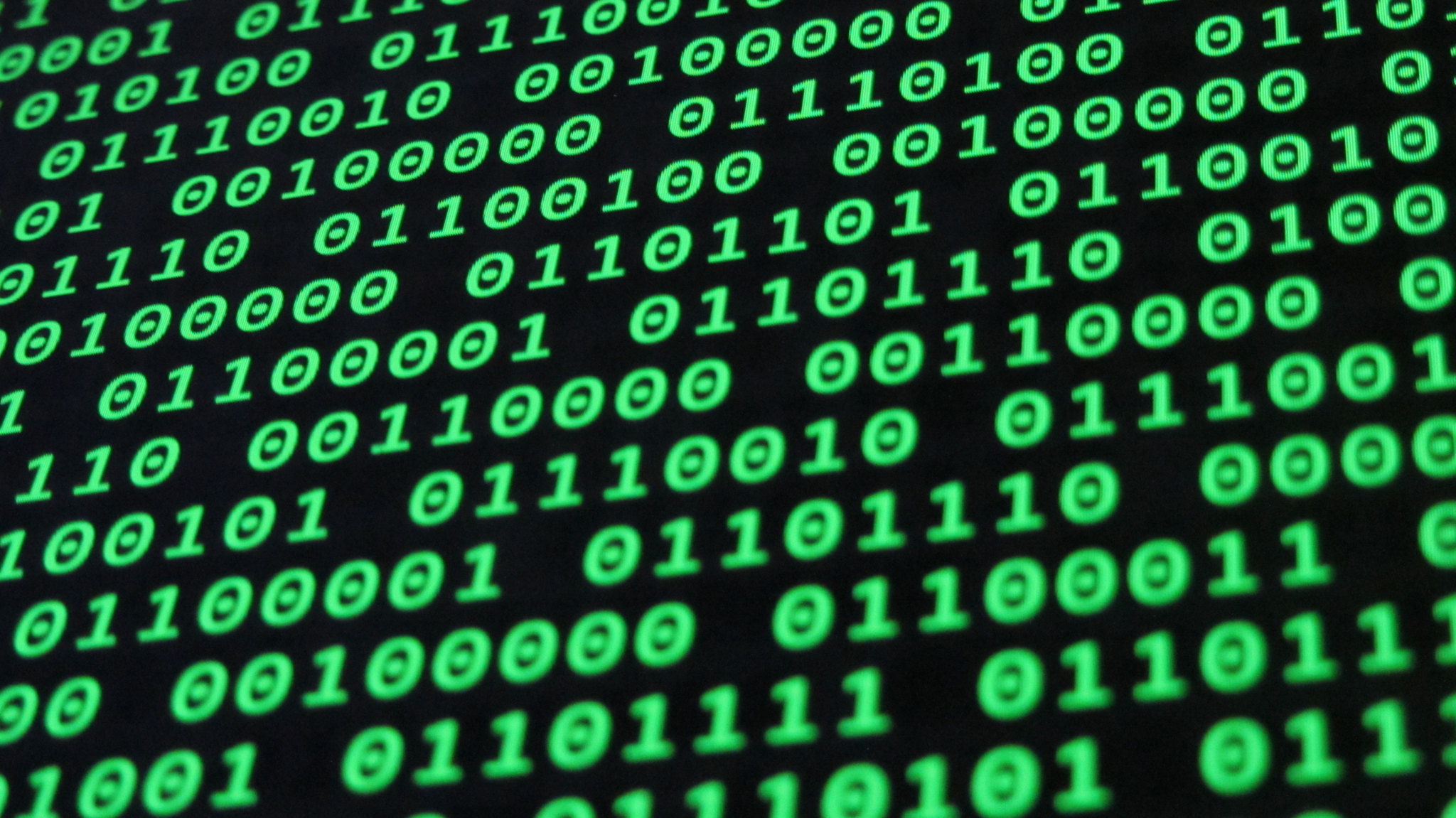Before there were emoji, there was ASCII art. We are always putting a human face (or a happy face) on technology, and in the text-only world of UNIX and the early Internet, the best graphics the medium could deliver were ones hammered out painstakingly on a keyboard, one character at a time.
Imagine typing this out:

Limitations can be a gift to creativity. The absence of a way to display graphics on the early web gave rise to an explosion of this ephemeral, digital folk art. All through the 80’s and until the release of Mosaic in 1993 you were completely stuck with text on the Internet. Indeed, Mosaic’s ability to display images was its gee-whiz feature, and it was the first web browser to do so.
(To approximate what it was like surfing the web before then, check out Lynx, the text-only web browser. Today it’s mostly used for ensuring usability for the visually impaired, who still browse the web using words.)
The motherlode of ASCII art on the Internet is surely Christopher Johnson’s ASCII Art Collection, which he has maintained since 1994. Johnson probably recognized that this stuff was about to disappear, and so he started collecting it. Arcane as it may seem, his site has been heavily visited for the past twenty years and continues to be.
ASCII art may still be arcane, but it’s not lost. It pops up in different corners of the Internet. You’ll see it in source code, inserting a hacker wink into some technical documentation. It popped up on Twitter, where fifteen years after the first modern web browser was released, a text-only limitation again made invention necessary. What followed wasn’t, strictly speaking, ASCII art. You could call it Unicode art, or text art … it used a much bigger character set than the original, limited set of ASCII glyphs. But in spirit, it was absolutely a continuation of the ASCII art phenomenon of years past: before Twitter added photos and videos in-stream, it was the only way to insert graphics.
Portland-based graphic artist Matthew Hagget is the most accomplished practitioner of this secret art, as he explains on his website. His tw1tt3rart feed became the biggest of a slew of such accounts, and he was contracted by major brands to create custom ASCII art for them.

These days (I’m not sure when ASCII-art-generators originated) there are very easy ways to dabble in ASCII art: generators. The one at patorjk lets you generate ASCII graffiti by typing in your phrase and outputting a variety of glyph-based fonts, and output something like this:

The other kind accepts images, runs them through some algorithms and renders them as ASCII art. At GlassGiant you can take any image and give it a 1989 treatment – though the results won’t be as artful as the hand-typed variety.
As a footnote, in addition to visual ASCII art, there’s a literary component that’s less often noted. ASCII literature is how Joel Katelnikoff of the University of Alberta describes the text-based digital culture of the 80’s and 90’s, including bulletin boards and e-zines like PHRACK.
The Internet has moved far beyond the limited character set of ASCII and the days of the text only web. ASCII art remains as an emblem of digital folk art and Internet ephemera.




